Bioenergy in Wastewater Treatments Plants
Biological processes converge to a steady state determined by the natural system. Bioaugmentation is used to improve specific performance characteristics of a biological process by adding microorganisms. It shifts the biological process from its natural steady equilibrium, to a state that is beneficial to our needs.
Goals and Benefits
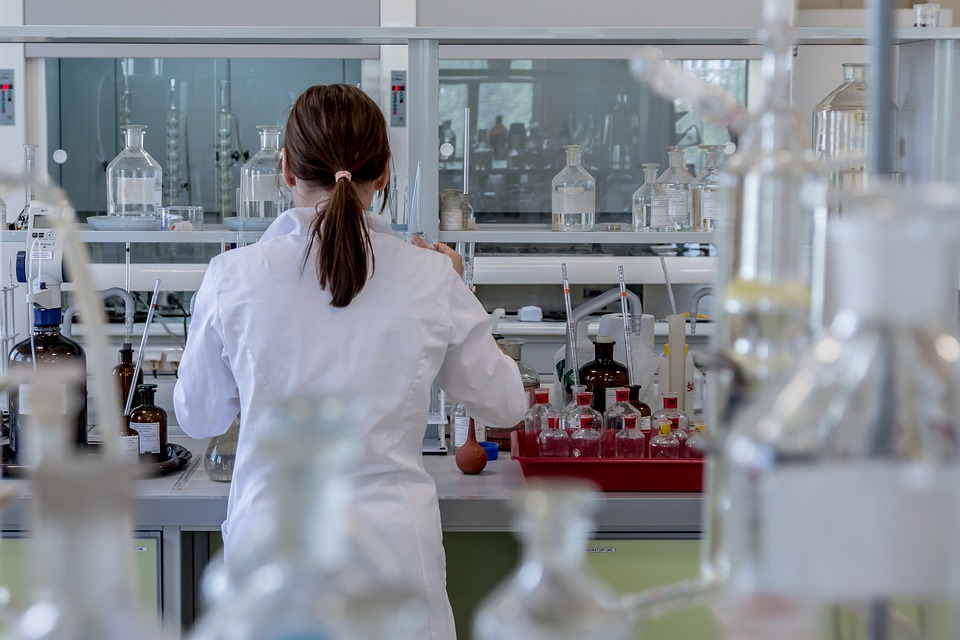
In wastewater treatment plants, AH Bioaugmentation is used for increasing the production of methane in anaerobic digestion of sludge in municipal wastewater treatment plants. The results are:
Goal:
Convert more organic matter to biogas
Benefits:
- More biogas for generating energy
- Less dry matter to dispose
Goal:
Increase methane content in the Biogas
Benefits:
Higher efficiency in energy generation
Typical municipal wastewater treatment process
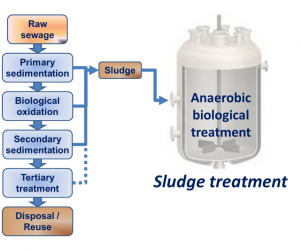
Methane usage in wastewater treatment plants
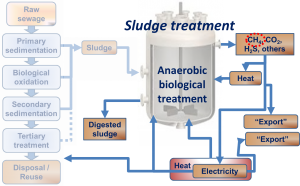
Anaerobic decomposition of organic material to gas
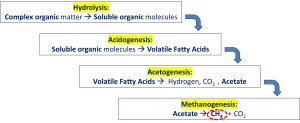
Gas products of anaerobic sludge digestion
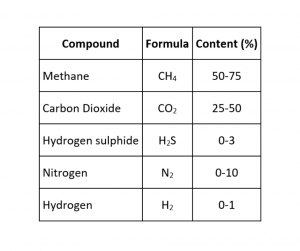
Case Studies
Case study #1: Municipal WWTP
- Municipal – mainly domestic wastewater
- Population served: 35,000 people
- Implemented since 2010


Case study #2: Municipal + industrial, Large WWTP
- Type: Mixed municipal and industrial (dairy) wastewater
- Digesters: 2 x 2,500 m3
- Trials with combined ultrasonic treatment (the initial choice)
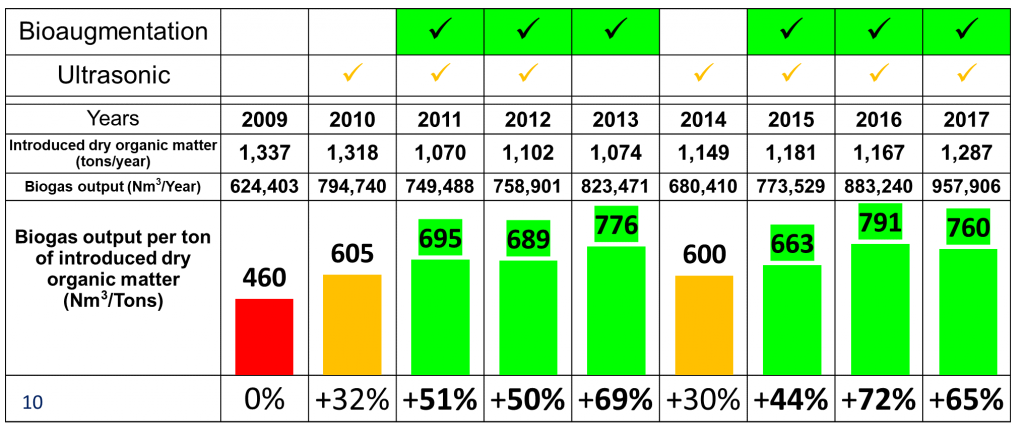
Results
Increase in methane production can be obtained within 3-6 months !
- More biogas
- More methane
- More electricity production
- Less treated sludge to dispose
- Reduced expenses and higher profitability
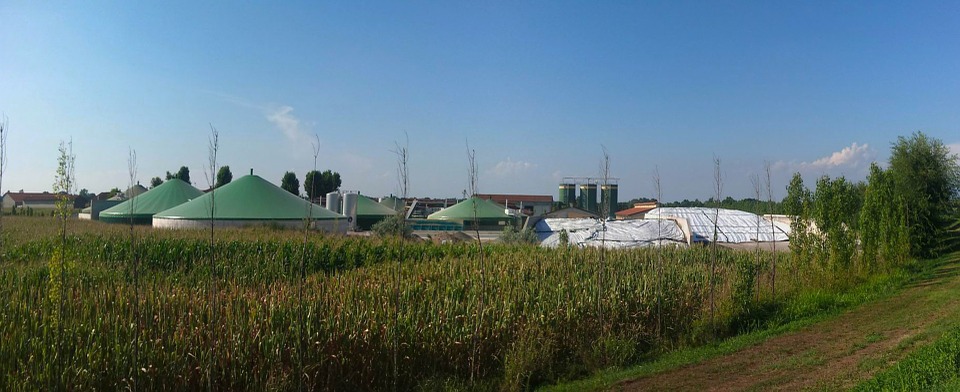
Summary
AH Bioaugmentation can:
- Increase:
- Gas production
- Methane content
- Energy generation
- Decrease:
- Amount of treated sludge for disposal
- AH Bioaugmentation testing is simple and fast
- AH Bioaugmentation implementation is simple and fast

